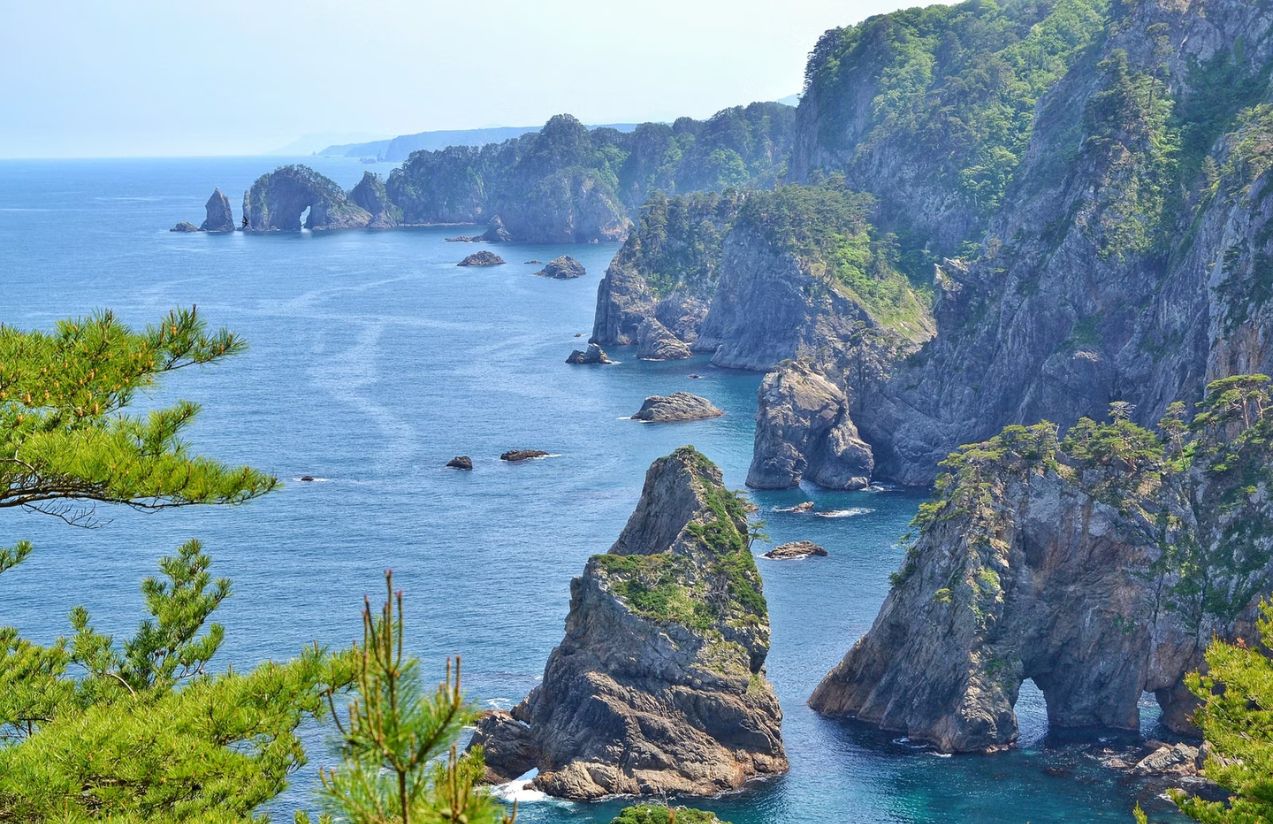A few hours ago, a powerful 6.7 magnitude earthquake struck the waters off the coast of Iwate Prefecture in northern Japan, prompting the Japan Meteorological Agency to issue a tsunami advisory for the affected coastal areas.
The epicenter was located offshore, approximately 80 kilometers from the coast, at an estimated depth that initially reduced the threat level, although authorities warned that waves of up to one meter or more could still reach Japan’s shoreline.
Japanese officials activated emergency evacuation protocols and urged residents in low-lying areas to move quickly to higher ground while assessing potential structural damage to port facilities. Although no casualties have been reported so far, the event once again highlights the seismic vulnerability of the Asian nation.
What is the risk after an earthquake like this?
The risk lies in the fact that even small waves can generate dangerous currents, undermine coastal infrastructure, and cause damage to ports. A swift response and timely evacuation are essential to minimize the impact.

